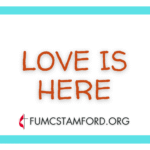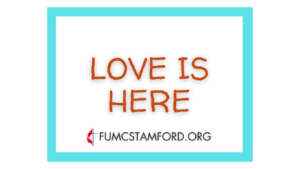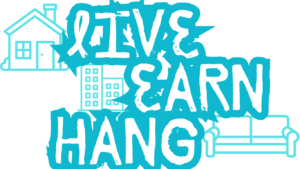

FUMC Stamford offers a “third place”—a chill spot beyond work or home—where you can genuinely connect.
Sociologist Robert Putnam, who explored the concept of “third places,” describes them as spaces where “social bonds are formed and maintained.” He argues that these informal gathering spots, like cafes, parks, and yes, even churches, are vital for community health.
We’re not just about pews; we’re about building a community faith where real people interact in a variety of ways. You never know what you’ll find at a Third Place! Whether you’re looking to unwind, find hope, develop a new skill, or simply find friends who get it, come as you are. You might be surprised to find that church isn’t what you thought, it’s a place to belong.
The concept of fellowship in churches has expanded, according to architect Gary Nichols. When the word fellowship was used in churches a few years ago it usually referred to a planned activity in a cafeteria-type room called the “Fellowship Hall”. This room was a place designed primarily for the membership of the church to have meals and meetings. Now efforts are being made to extend fellowship to a broader group of people and in a much broader time frame, available almost any time people have a few moments to interact. As the church has become more intentional in outreach, it extends its invitation to fellowship not only to Christians, but also to the broader community in hopes that through relationships formed, more will come to know Christ’s love. This may occur on a Tuesday evening after work hours just as often as on a Sunday morning. The place designed to facilitate these informal, casual, and serendipitous encounters may be referred to as a “Third Place”.
The use of the term is borrowed from Ray Oldenburg, who wrote of the third place people spend time, the first being home, the second, their place of employment, and the third, a place of their choosing, like a bar, a fitness center, or a park. It is the place they feel they belong, where they enjoy the company of friends, or as the old TV program “Cheers” puts it, “Where everyone knows your name”.



Copyright © 2023, FUMC. All Rights Reserved.
Developed and Designed by New Revenue Consulting LLC.